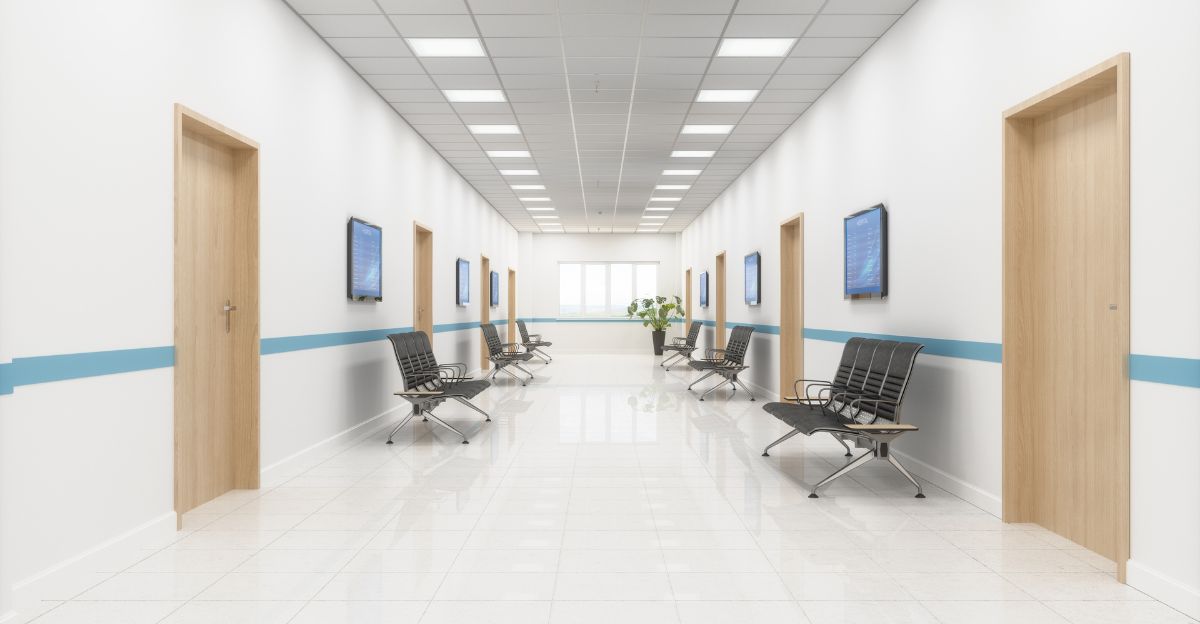
The announcement of 90 layoffs at the Regional Medical Center of Central Alabama (RMCCA) sent shockwaves through Greenville, a town where the hospital’s 72 beds had long been a lifeline. Within weeks, RMCCA will end its inpatient services and convert to a Rural Emergency Hospital (REH), maintaining only 24/7 emergency care. For thousands of Butler County residents, this means traveling up to 48 miles for hospital admissions and overnight care—a dramatic shift that raises urgent questions about the future of rural healthcare.
Financial Pressures Force a New Model
Rural hospitals like RMCCA have faced mounting financial instability for years. Declining patient numbers and inadequate reimbursement rates have made it increasingly difficult for these facilities to cover operating costs. The REH model, now being adopted by RMCCA, is a response to these pressures—a way to preserve emergency services while acknowledging that full-service hospitals are no longer sustainable in many rural communities. This transition is part of a broader national trend, as rural hospitals across the U.S. struggle to survive amid economic and policy challenges.
Immediate Consequences for Patients and Families

The loss of inpatient services at RMCCA means Butler County residents will need to seek hospital admissions and overnight care in neighboring counties, often requiring drives of 38 to 48 miles. For patients with chronic conditions or urgent health needs, these longer travel times could delay care and complicate treatment. The absence of local inpatient beds also threatens access to specialized services, including maternal and mental health care. As Greenville’s primary hospital shifts its focus, the community faces a new reality: healthcare is no longer just around the corner.
Economic Ripple Effects in Greenville

The layoffs of 90 hospital employees represent a significant blow to Greenville’s economy. In a town of 7,400, RMCCA was one of the largest employers, and its downsizing will ripple through local businesses. As families lose income, consumer spending is expected to drop, potentially leading to further economic hardship. The impact extends beyond the hospital itself, affecting clinics, pharmacies, and ambulance services that may now face higher demand or increased strain as they try to accommodate displaced patients. The closure of inpatient services at RMCCA threatens the viability of other local healthcare providers, deepening the rural healthcare desert.
A Statewide and National Crisis

RMCCA’s transition is emblematic of a larger crisis in Alabama and across the country. More than half of Alabama’s rural hospitals are at risk of closing, with 19 facilities facing immediate danger. This mirrors a national trend, as financial instability and policy gaps leave small-town hospitals unable to survive. The consequences are far-reaching: as rural hospitals shut down, urban facilities become overcrowded, wait times increase, and costs rise. The loss of local healthcare options in rural areas places additional strain on the entire healthcare system, raising concerns about long-term access and quality of care.
Policy Responses and the Road Ahead

In response to the rural hospital crisis, Alabama has introduced a Rural Hospital Investment Tax Credit, set to take effect in 2026, to encourage private donations to struggling facilities. Advocates are also pushing for Medicaid expansion to stabilize funding and ensure broader access to care. Meanwhile, rural residents are urged to review their health insurance options and consider alternatives such as telemedicine. Community leaders are calling for policy changes and local health initiatives to fill the gaps left by hospital closures.
The stakes are high for rural America. The closure of RMCCA is a warning sign: without rapid action, more communities will lose their hospitals and essential services. The coming years will reveal whether new policies and federal programs can reverse the trend, or if rural healthcare deserts will continue to spread. As Greenville and towns like it confront these challenges, the future of rural healthcare—and the identity of small-town America—hangs in the balance.